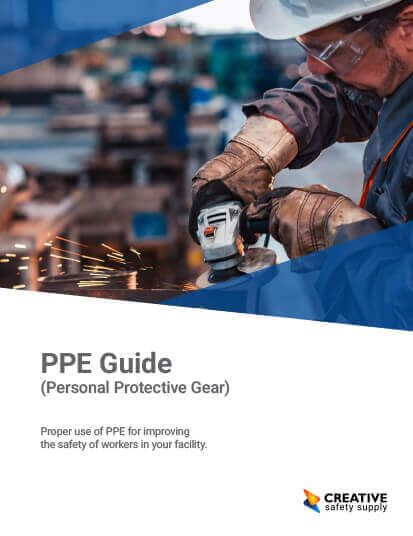
There are many jobs that require people to work at heights. In some of them, the jobs will need to be done directly over some type of hazard such as dangerous equipment or machinery. This is common in construction sites but can also happen in manufacturing facilities and other locations. Whenever someone has to work above a dangerous area, they must use special personal protection equipment in order to keep them safe.
Types of PPE for Working Over Hazards
The following are the different types of personal protection equipment that may be required when working over a dangerous area:
- Safety Harness – A safety harness is the primary way to prevent someone from falling down into the machine or other hazard. This should be a three-point harness that is properly secured to a sturdy base.
- Slip Prevention Footwear – Footwear that will minimize the risk of slipping can help to reduce the risk of a fall in this dangerous environment. This is especially important when working in wet or slick areas.
- Elbow or Wrist Supports – Elbow and wrist supports can help to ensure the employee has strong support when working at heights.
- Other Fall Prevention Devices – Other fall prevention devices can include physical barriers, nets, and more.
Whenever someone has to work in an area where there is the risk of falling down into a machine or other dangerous area, it is important that everyone knows that the personal protection equipment is available. It should be made clear to everyone that this type of PPE is a requirement that must be followed whenever entering these hazardous areas. Even if they will just be going up above dangerous equipment for a moment, they must take every precaution. Many employees are tempted to cut corners just to get a job done fast, but this can quickly become a fatal mistake, which is why OSHA stresses the fact that PPE is legally required in these situations.
Similar Questions
- What Does PFAS (Personal Fall Arrest System) Stand For?
- What PPE is commonly used in construction sites?
- What situations require PPE?
- When is hearing protection required?
- What is in a PPE kit?
- What are different types of PPE?
- What does PPE stand for?
- What hazards do PPE protect from?
- What is PPE?
